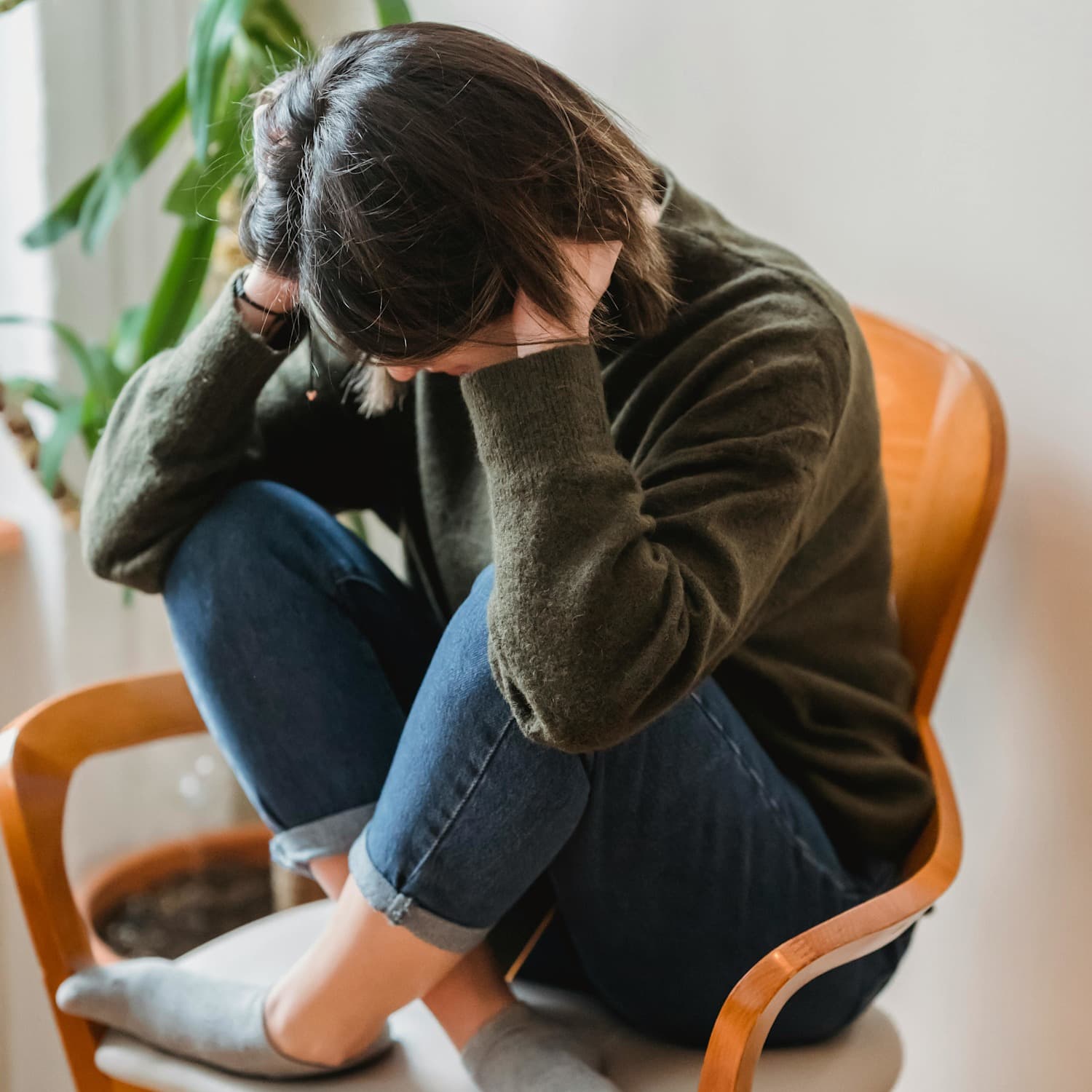Kids, depression, and how Brightline is here to help

By Brightline, Oct 28, 2025
Kids, depression, and how Brightline is here to help
It’s normal for kids to feel sad sometimes. Sadness, after all, is a common human emotion that affects everyone occasionally.
But for some kids, persistent feelings of sadness and hopelessness can keep them from enjoying being a child — at home, school, and with friends.
These days, it feels like we’re more connected than ever — but also more alone. Social media, remote work, online classes, and hours spent gaming or scrolling have quietly created an epidemic of isolation among both adults and kids. We’re constantly plugged in, yet real, face-to-face moments are becoming rare.
For kids and teens especially, this continues to hit hard. After years of loss, canceled plans, and disrupted routines, many have turned to screens for comfort and connection — but it’s not the same as being together in person. All that digital interaction can leave people feeling lonelier than ever, which helps explain why so many are struggling with feelings of sadness and disconnection today.
Tools to deal with isolation and loneliness are within reach, but many kids aren’t getting the help they need. At Brightline, we’re working to change that.
Brightline was built specifically to work with kids and teens. Our expert clinicians work closely with parents to get kids the right type of care, exactly when and where they need it.
What does depression look like in kids?
Depression often looks different in kids than it does in adults. Of course, feelings of sadness and hopelessness are often signs of depression in people of all ages. If a child used to love playing soccer and socializing with friends but now prefers to sit in their room most of the time, depression could be to blame.
However, some kids might seem less sad than irritable, picking fights with their siblings, throwing tantrums, or refusing to participate in family events. Others may change their eating or sleeping patterns, or experience shifts in energy. If a once-active child suddenly appears sluggish all the time, that could be a sign of depression too.
Our approach
At Brightline, we’ve created a solution that truly gives each child — and their family — the support they need to address depression quickly and effectively.
To start, we use Cognitive Behavioral Therapy (CBT), which is an approach that gives kids coping skills. They learn things like how to catch negative thought patterns and improve their problem-solving abilities.
And because your child is at home and in school for way more hours than they are in session with our clinicians, our care engages not just the child, but the whole family to surround them with support. So in addition to the sessions your child has with a therapist or psychiatrist once a week, kids benefit from resources and support throughout the week with the help of their parents.
This is called dyadic care, and it’s found to be three times more effective than care provided to the child alone.
Giving families the the full support they need
We know that the traditional model of mental health care hasn’t historically (or effectively) identified or treated depression in kids. And over the last five years, the system has become even more strained and less equipped to handle the growing number of kids with mental health needs.
Kids and families who seek help with Brightline’s help are much better equipped to handle depression. And we’re proud to share that our outcomes show kids in Brightline’s therapy and psychiatry programs get better.
To surround your child with the mental health support they need, schedule an intake session or call us today.